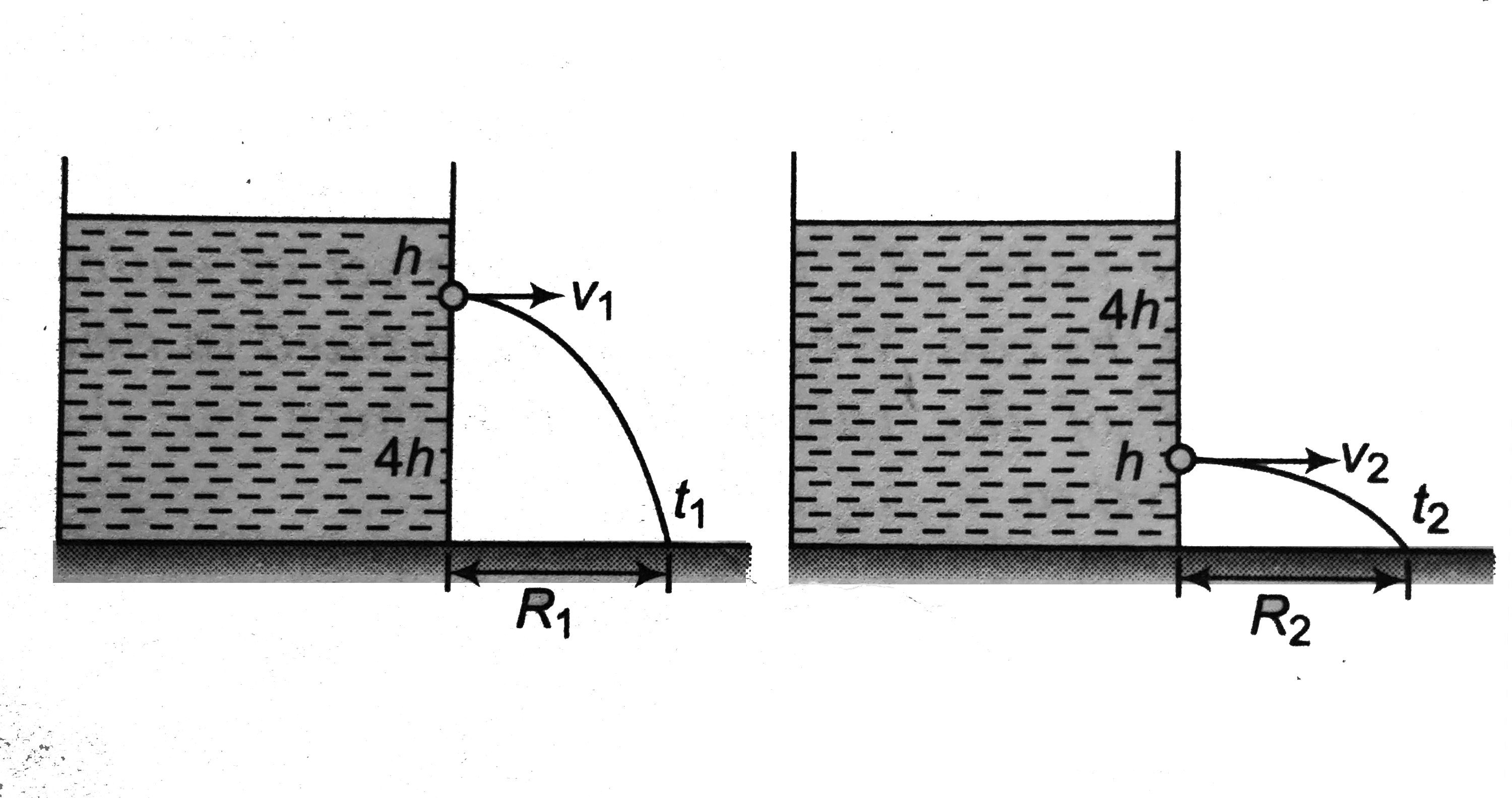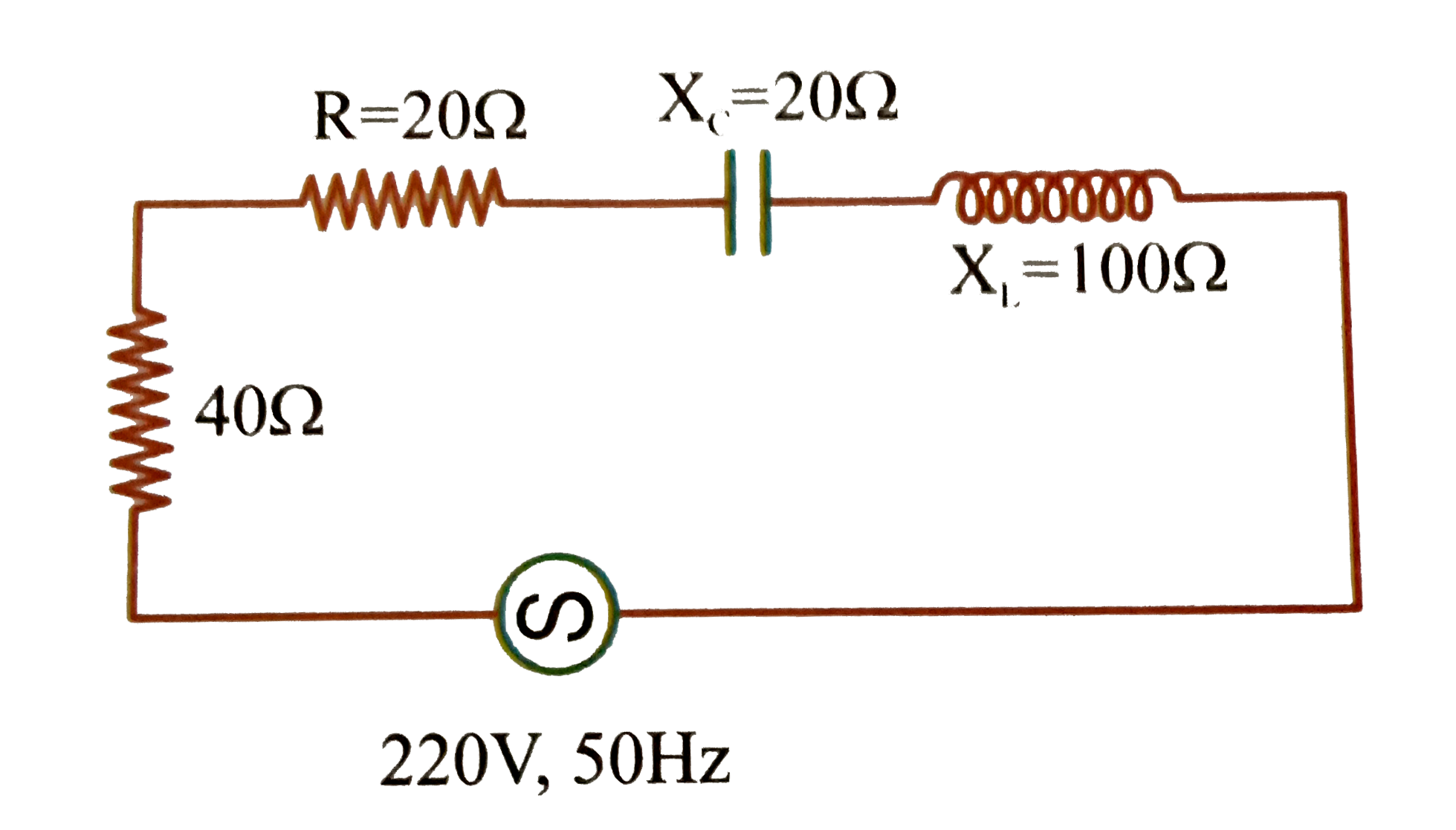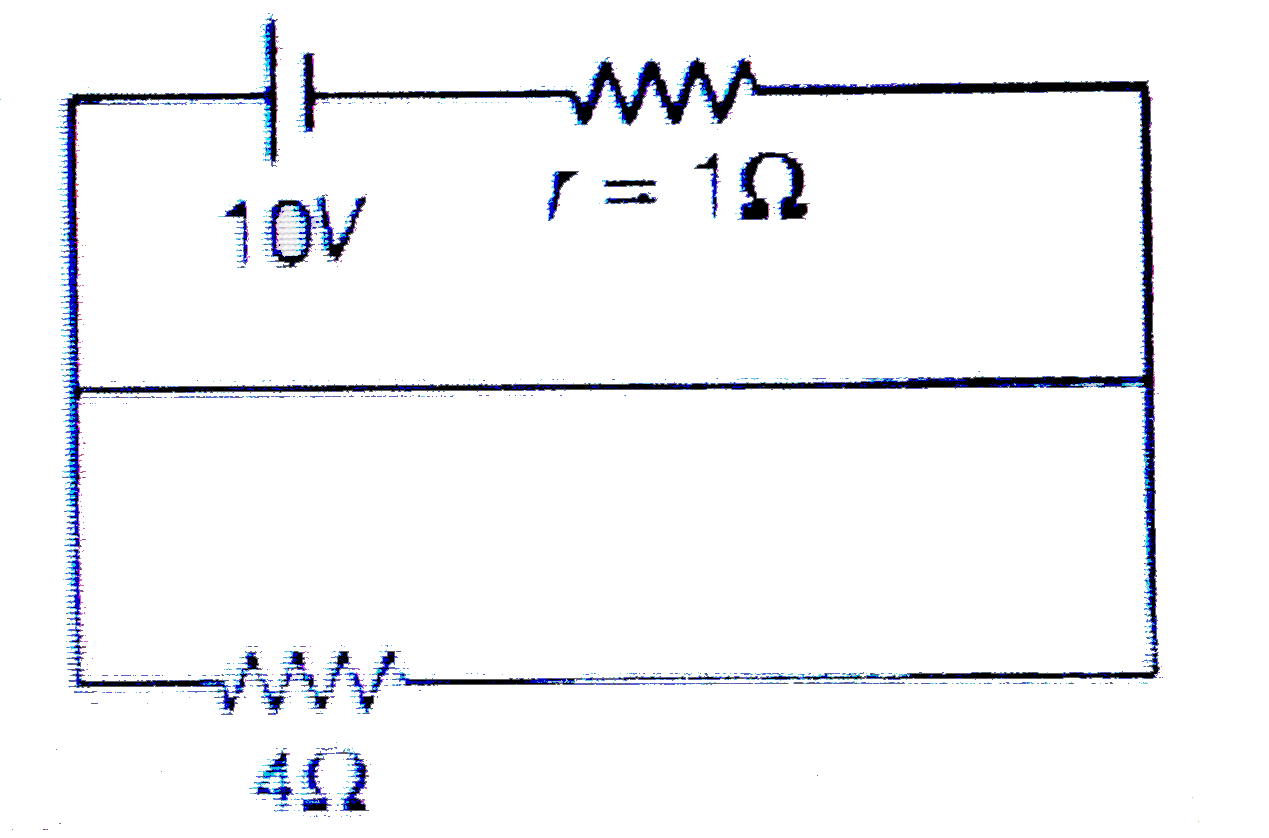Here are two different factor trees for 60. Write the missing numbers: (Figure) Figure (ii) Figure
To solve the problem of finding the missing numbers in the factor trees for 60, we will follow these steps:
1. Understanding the Factor Tree:
- A factor tree breaks down a number into its prime factors. For the number 60, we need to find pairs of numbers that multiply to give 60.
2. First Factor Tree:
- The first tree shows 60 at the top and two branches leading to two numbers. Let's assume these numbers are 10 and 6 because 10×6=60.
- Now, we need to break down 6 further into its factors. The factors of 6 can be 2 and 3 since 2×3=6.
- Therefore, the missing numbers in the first factor tree are 2 and 3.
3. Second Factor Tree:
- The second tree shows 60 at the top again. One of the branches leads to 30. We need to find the other number that, when multiplied by 30, gives 60.
- To find this number, we divide 60 by 30:
60÷30=2
- So, the missing number here is 2.
- Next, we look at 30. We need to break it down into two factors. One of the factors can be 10. We need to find the other factor that, when multiplied by 10, gives 30.
- Dividing 30 by 10 gives us:
30÷10=3
- Thus, the missing number here is 3.
- Finally, we need to factor 10. The factors of 10 can be 2 and 5 since 2×5=10.
- Therefore, the missing numbers in the second factor tree are 2, 3, and 5.
Summary of Missing Numbers:
- First Factor Tree: 2 and 3
- Second Factor Tree: 2, 3, and 5
- A factor tree breaks down a number into its prime factors. For the number 60, we need to find pairs of numbers that multiply to give 60.
- The first tree shows 60 at the top and two branches leading to two numbers. Let's assume these numbers are 10 and 6 because 10×6=60.
- Now, we need to break down 6 further into its factors. The factors of 6 can be 2 and 3 since 2×3=6.
- Therefore, the missing numbers in the first factor tree are 2 and 3.
- The second tree shows 60 at the top again. One of the branches leads to 30. We need to find the other number that, when multiplied by 30, gives 60.
- To find this number, we divide 60 by 30:
60÷30=2
- So, the missing number here is 2.
- Next, we look at 30. We need to break it down into two factors. One of the factors can be 10. We need to find the other factor that, when multiplied by 10, gives 30.
- Dividing 30 by 10 gives us:
30÷10=3
- Thus, the missing number here is 3.
- Finally, we need to factor 10. The factors of 10 can be 2 and 5 since 2×5=10.
- Therefore, the missing numbers in the second factor tree are 2, 3, and 5.
- First Factor Tree: 2 and 3
- Second Factor Tree: 2, 3, and 5
Topper's Solved these Questions
Similar Questions
Write the missing numbers in the following factor tree :

View SolutionIn two figure,

View SolutionComplete the following magic square by supplying the missing numbers: (Figure)
View SolutionFind the perimeter of each of the following figures:
(i) Figure (ii) Figure (iii) Figure
View SolutionWrite the fraction representing the shaded parts: Figure (ii) Figure (iii) Figure (iv) Figure
View SolutionVerify Euler’s formula for each of the following polyhedrons: Figure (ii) Figure (iii) Figure
View SolutionThe potential difference between A and B in the following figure is

View SolutionWhich of the following figure lie on the same base and between the same parallels? In such a case, write the common base and two parallels: Figure (ii) Figure (iii) Figure Figure (ii) Figure (iii) Figure
View SolutionThe power factor of the circuit shown in the figure is

View SolutionPotential different across the terminals of the battery shown in figure is

View Solution
